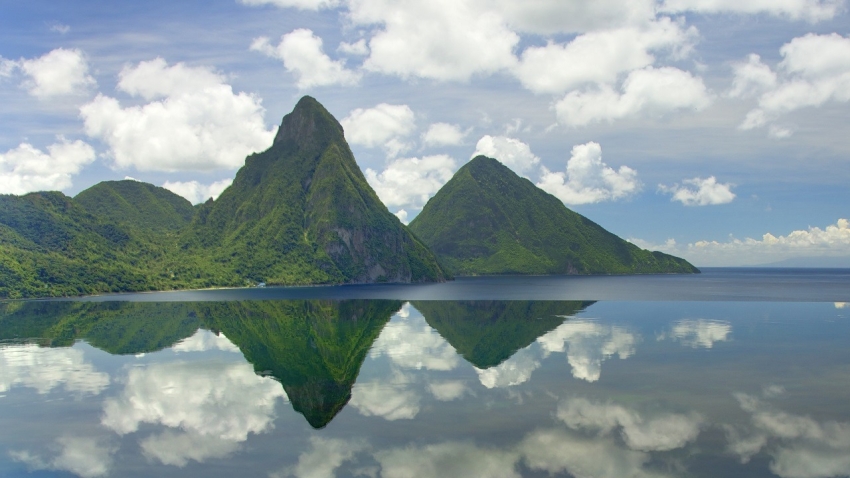The volcanic plugs and accompanying ridge have been long protected under the Piton Management Area, established in the ‘90s.
After a Canadian developer commenced the construction of his over 865-square-metre house at the base of the Pitons, the government has worked tirelessly to halt the ongoing work and protect the area even further. Numerous court appearances ensued between 2021 and 2023 and threats of the Pitons losing their World Heritage Status have loomed.
Fast forward to February 2024, the Ministry of Physical Development is seeking to officially designate the Piton Management area as an Environmental Protection Area. But it’s not only words, according to Chief Physical Planning Officer Miss Karen Augustin. For this to happen, legislation is key, she says.
“For that, we have decided to have it legally binding, that it would be an environmental protection area underneath the Physical Planning and Development Act. So to facilitate this initiative, we are undertaking a series of public sensitization activities, whereby we will engage the public and explain to them what that generally means,” Augustin explained.
A survey has revealed 168 species of finfish, 60 species of cnidaria, including corals, eight mollusks, 14 sponges, 11 echinoderms, 15 arthropods, and eight annelid worms that inhabit the Piton Management Area.
At least 148 plant species have been recorded on Gros Piton, 97 on Petit Piton and the intervening ridge, among them eight rare tree species. Gros Piton is home to some 27 bird species (five of them endemic), three indigenous rodents, one opossum, three bats, eight reptiles and three amphibians.
The Chief Physical Planning Officer says the move will protect and preserve the country’s patrimony.
“The Pitons will remain preserved in its appearance, preserved in its natural ability to provide a sense of ownership as a country. So in having that protection done, we are letting the world know, we are letting the Saint Lucians know that this area is special, this area is unique, this area has certain qualities that need to be preserved,” said Augustin.
The Pitons were worshipped as gods by the Arawaks, early inhabitants of St Lucia. Petit Piton was referred to as Atebyra and represented their god of fertility and food, whereas Gros Piton, referred to as Yokahu, represented their god of fire, thunder, and rain


